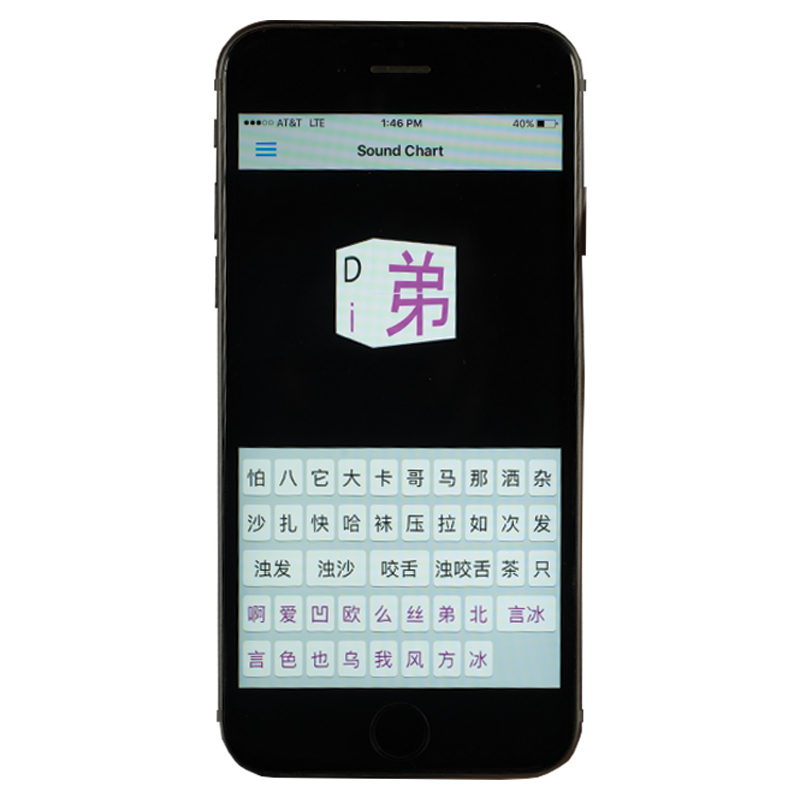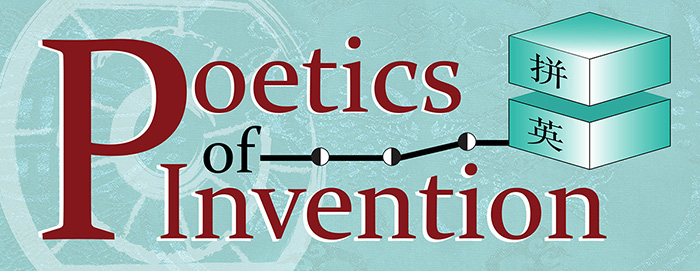Poetry to Pinying
Intellectual Property
Patent: OU has patents pending on the Pinying transliteration method and letter blocks.
Trademark: OU can protect the Pinying name and logo through trademarks, and establish Pinying as the industry standard in this emerging field.
Copyright: OU can copyright the Pinying software code, any associated textbooks, manuals, or teaching materials, the instances of the application, and the web presence.
Know-How: OU possesses knowledge on using and engaging with the Pinying method, teaching the method, and transferring understanding of Pinying. Professor Jonathan Stalling is the creator and foremost expert in this technique, and the university hopes to leverage and scale his knowledge through teaching and digital platforms to improve cultural interactions, understanding, and acceptance.
Transfer

Professor Stalling demonstrating Pinying’s web application.
The mission of the University of Oklahoma is to stimulate research and creative activity, and to share these compelling discoveries on a global scale. The products that result from university breakthroughs and the associated intellectual property are what propel inventions from beyond the on-campus laboratory to having actual, life-changing impact. Companies looking to commercialize an OU innovation and bring its influence worldwide require a competitive advantage that is offered through intellectual property protections.
Poetry and Process
The growth of Pinying from idea to its commercialized form was a lengthy journey. What began as poetry in the 1990s built to an opera in 2010. The following year, the opera inspired the creation of physical English rime tables modeled on the Chinese versions from the Song Dynasty. Finally, in 2016, Pinying moved from the stage and tabletop to the digital world with the creation and public release of digital software and a mobile app.


Performance of Professor Stalling’s opera, Yíngēlìshī, Yunnan, China, 2010.



